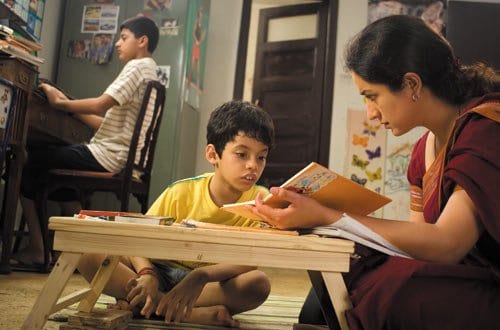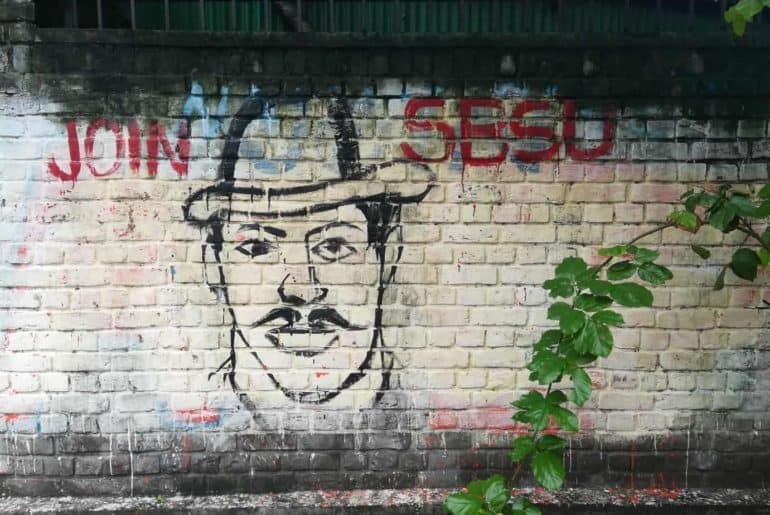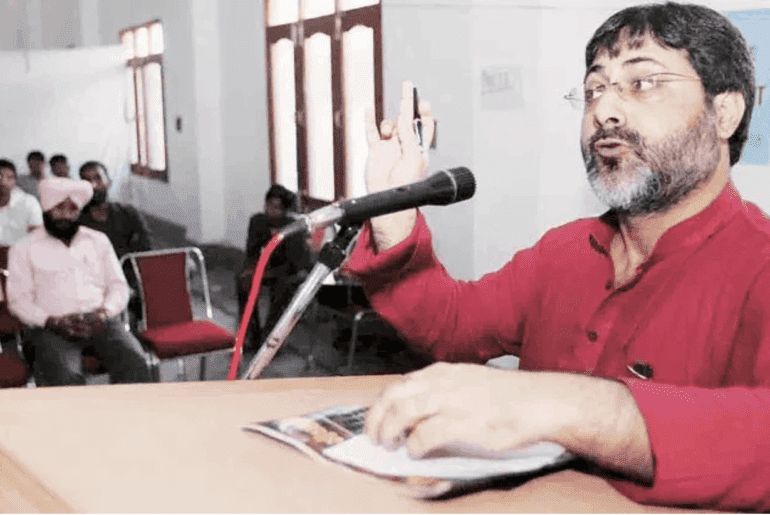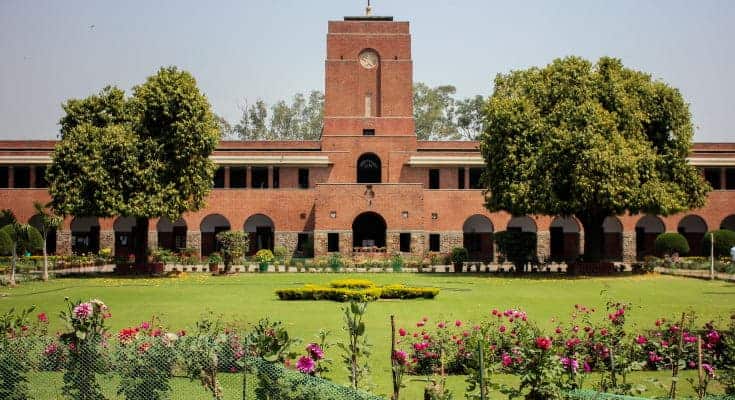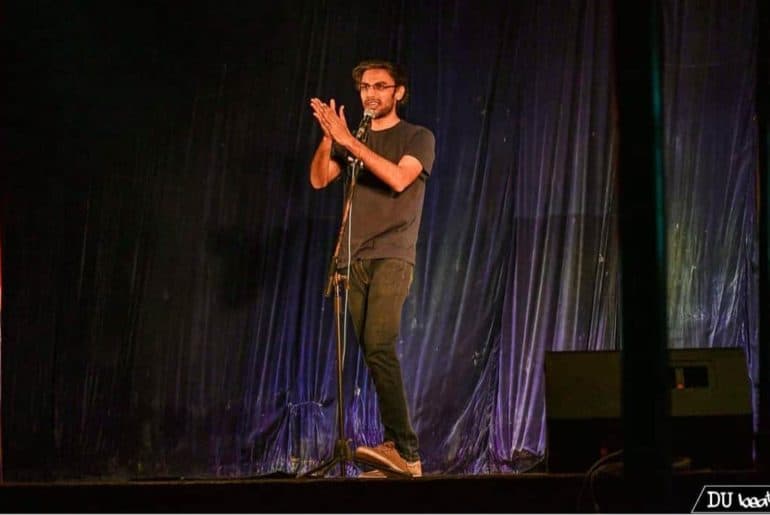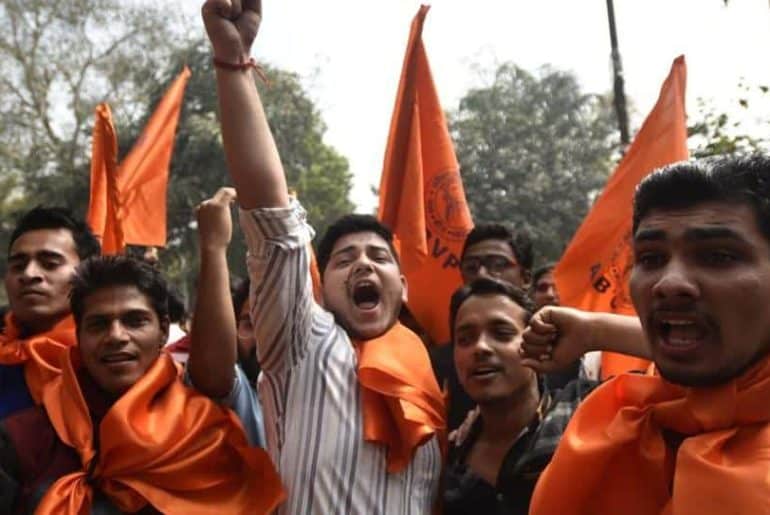Raja Chaudhary, a law student at the varsity, who is the coordinator of the ‘DU against 39 storey Private Building Committee’ and was on a hunger strike since 10th November had to call off the protest citing health reasons on Friday. It was stated that his health had worsened and upon check-up, it was found out that he was in this condition due to jaundice and eye infection. Thus, it is said that his doctors had advised him to stop the hunger strike.
The protest being staged is against the construction of a 39-storey building near Chattra Marg and Vishwavidyalaya Metro Station. The protesters argue that the land was given to Young Builders Pvt. Ltd. by DMRC without seeking consultation from the Delhi University. Apart from this, the protesters say that the building will overlook six different women hostels which would deteriorate the privacy of these hostels and thus make the prestigious North Campus area unsafe for female students. The protest itself is being supported by DUSU, DTU, DUCU, etc
Commenting on this, ABVP State Media In-charge Ashutosh Singh, “We have for a long time stood by the fact that the building construction was illegal and thus now we will try to approach the state authorities on the issue. We also have been advocating that the land should be given to Delhi University to build additional hostels”. Shweta from Hansraj College says, “The building will come up near the college and would also bring in all types of people. Thus this kind of a project would deteriorate the student-friendly atmosphere of North Campus and also giving public land to a private company is illegal itself”. Another student Ayush Kaul from Delhi College of Arts and Commerce adds, “Such a tall 39 storey building would majorly impact the student and teenager friendly atmosphere of North Campus. In addition to this, it’d also result in more cars and people in the area which will result in more congestion, pollution as well as women safety issues around the area. Also, a new building will dampen the rich heritage of bold and beautiful north campus architecture”


